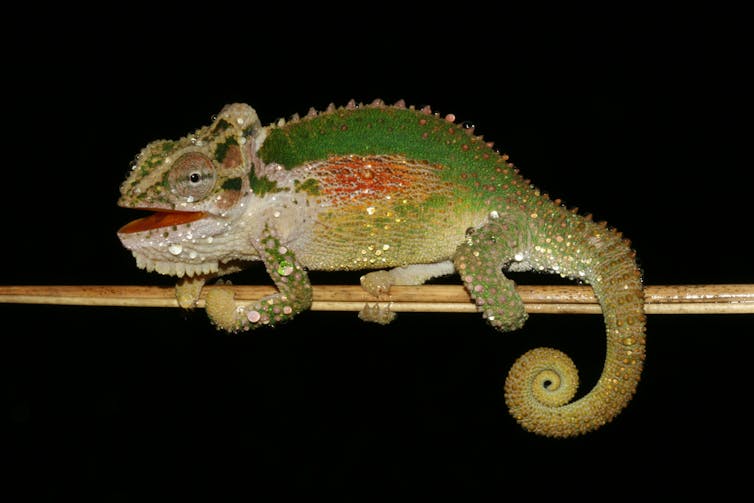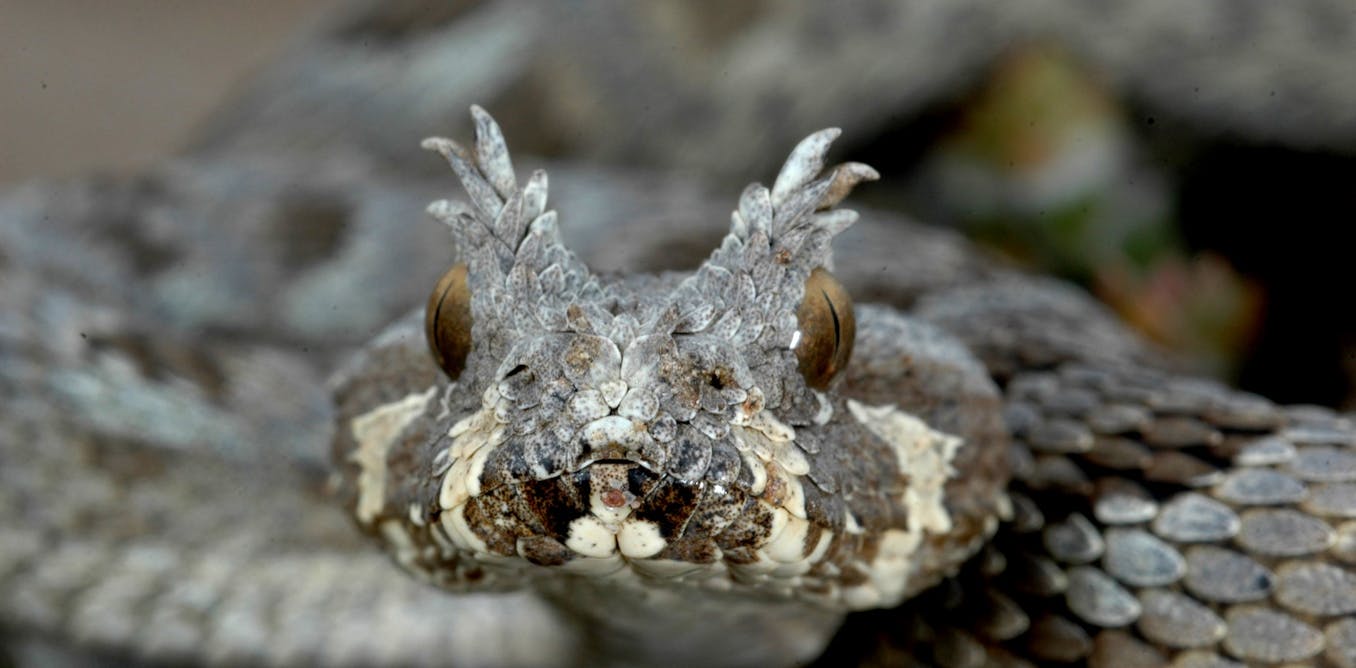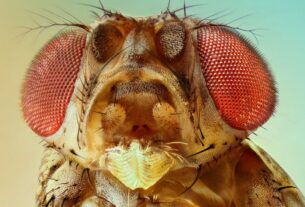Media reports about the biodiversity crisis and what researchers have argued qualifies as a mass extinction event tend to focus on the big ecological effects. Melting ice sheets, severe weather events, droughts, habitat loss and wildfires dominate headlines. So too do the plights of large iconic animals – orangutans, gorillas, polar bears, rhinos, elephants, pangolins.
Small animals do not often share the limelight. That includes reptiles. With more than 12,000 species, this largely low-profile group of vertebrates is more species-rich than each of the following groups: mammals, birds and amphibians. And many reptiles play important but largely unknown roles in ecosystems, such as snakes controlling pest species or crocodiles as apex predators.
A recent global review found that more than 20% of reptile species were in decline and at risk of extinction. This is similar to the percentage of threatened mammals, amphibians and birds.
Tortoises, crocodiles and, specifically within Africa, chameleons and vipers are the reptile species most at risk of extinction. In addition to the effects of habitat loss and climate change, some species of reptiles have high value in the pet trade, leading to harvesting of wild individuals. Some species of South African tortoises, chameleons, girdled lizards and small-body vipers are prevalent in the pet trade, leading to poaching of live animals.
We are herpetologists who are part of a team that has just published a new book assessing all 401 South African indigenous terrestrial reptiles and related conservation efforts. The methods we used strictly followed the protocols of the International Union for Conservation of Nature (IUCN). This means the findings are more robust than previous assessments and more likely represent the true conservation status of South African reptiles.
The bad news
Though there’s some good news, this is offset by the findings of a parallel study, which we co-authored with others.
It revealed that many species of threatened reptiles were inadequately conserved in formally protected areas. One reason for this mismatch is that many of the threatened species have small geographic ranges falling outside protected areas; another is that reptiles are generally not considered when planning conservation areas. Thus, some species do not occur in any protected areas at all.
For example, the sungazer, a South African lizard that is in high demand in the pet and muthi (traditional medicine) trades – and does not breed in captivity – does not occur in any formally protected area.
Read more:
Vulnerable lizard species gets hot and bothered in rising temperatures
The tiny geometric tortoise also doesn’t occur in formally protected areas. Its population is winking out of existence due to habitat loss. The extinction of one of South Africa’s small grassland lizards, Eastwood’s long-tailed seps, may also be the result of it not occurring in any formal protected area. Its grassland habitat has been slowly converted to pine plantation.
Graham Alexander, Author provided (no reuse)
The good news
A positive finding of this new conservation assessment is that the percentage of threatened South African reptiles is actually lower (7.6%) than the global average. This is also lower than previous assessments for South Africa’s reptiles, since the IUCN’s assessment protocols were more rigorously applied than before.

Krystal Tolley, Author provided (no reuse)
South Africa’s reptiles probably fare better than those in some other parts of the world because there are many active conservation measures in place and a fair amount (9% or 108,000 km²) of South Africa’s landcover is under protection. The global average is weighted by much more severe threats in areas where habitats are not as well protected as they are in South Africa, such as south-east Asia, central Africa and central South America.
Conservation planning needed
We contend that it is important that the conservation needs of South Africa’s reptiles be integrated into conservation planning more broadly. Many South African reptiles have small geographic ranges and are thus vulnerable to habitat loss, which can rapidly increase the threat of extinction.
Regular conservation assessments such as those documented in our new book and the parallel study mentioned above are also crucial for highlighting relevant conservation issues of South Africa’s reptiles.



